Using cooling equipment, supplementing vitamin-rich foods... are solutions that Ha Tinh farmers are applying to improve the resistance of their livestock.
Ha Tinh is experiencing extremely hot days, high temperatures are a disadvantage for livestock farming. In recent days, the family of Mr. Nguyen Van Nguyen (Bau Am village, Luu Vinh Son commune, Thach Ha) has been mobilizing workers to focus on taking care of a herd of more than 120 beef cattle at the farm.
Mr. Nguyen Van Nguyen's family (Luu Vinh Son commune, Thach Ha) turned on the fan...
According to Mr. Nguyen Van Nguyen, the beef cattle breeds his family raises are 3B cows and dairy bulls. Compared to grass-fed cattle, the endurance of these breeds is more limited, so the family places them under special care.
To protect the cows from the heat, in addition to operating a cooling fan system, the family has invested in installing an automatic misting system. With this high temperature, workers often take cool baths, increase nutrition through food and supplement vitamins and minerals for the cattle.
Workers cool off the cows during hot weather.
At this time, 10,000 egg-laying chickens on the farm of Mr. Nguyen Huu Dung's family (Luu Vinh Son commune, Thach Ha) are also receiving special care.
Mr. Dung said: “Chickens are raised in a closed environment with an ideal temperature below 30 degrees Celsius. Accordingly, in addition to installing temperature monitoring devices, we also invested in 2 generators to operate in case of power outages due to the risk of power shortages or accidents. In addition, the livestock are supplemented with electrolytes, vitamin C, glucose... to increase resistance.”
Mr. Nguyen Huu Dung (Luu Vinh Son commune, Thach Ha) invested in a temperature monitoring machine in his chicken farm.
Huong Khe is the hottest area in Ha Tinh with outdoor temperatures sometimes reaching 42 degrees Celsius. To avoid heat shock for livestock and poultry, farmers are focusing on changing their care methods to adapt to extreme weather.
Mr. Bui Van Son (Trung Linh village, Huong Trach commune, Huong Khe) shared: “My family is raising 13 buffaloes and cows. During this hot season, instead of grazing as before, we switched to confinement. In addition to natural food sources and agricultural by-products, the family invests in industrial food and vitamins, minerals and pays attention to giving the animals enough water. During high temperatures, we spray water on the roof of the barn and arrange electric fans to cool them down; prepare conditions and means to store water to prevent water shortages in prolonged hot weather conditions..."
With the form of household-scale livestock farming, Mrs. Bui Thi Thuy's family (Thuong Loc commune, Can Loc) is also focusing on taking care of 3 sows and a herd of 15 pigs/litter. In addition to covering and cleaning the barn to be clean and airy, her family focuses on the density of confinement recommended by the industry (specifically for sows 3-4 m2 /pig, for pigs 2 m2 /pig). At the same time, she installed additional fans to cool the barn, not to wet the floor and ensure that there is always enough water for the pigs as well as increase nutrients through food.
Farmers increase electrolytes and supplement vitamins for livestock through drinking water.
Mr. Phan Quy Duong - Head of Livestock Management Department, Ha Tinh Department of Livestock and Veterinary Medicine said: “The hot weather situation is complicated and has the potential to adversely affect livestock production in the area. To proactively protect the safety of livestock, localities need to guide farmers to apply synchronous measures to prevent and combat heat for livestock. Accordingly, barns need to be repaired, covered and cleaned, ventilated, daily collected manure and waste, composted bio-fertilizers; regularly cleaned feeders and drinkers to avoid excess causing spoilage; planted many trees to provide shade and arranged curtains around the barns.
According to Mr. Phan Quy Duong, livestock farmers need to increase the green food rations for livestock such as: vegetables, fresh grass, tubers, fruits, vitamins; increase protein rations, reduce starch, fat, sugar for each type of livestock and poultry. At the same time, closely monitor and supervise the condition of livestock; promptly detect sick livestock and poultry to isolate, treat, and handle effectively, especially diseases of the digestive tract, respiratory tract and infectious diseases; perform vaccinations to prevent diseases for livestock and poultry according to regulations...
In hot weather, farmers proactively supplement nutrients for livestock through food.
The total herd of pigs in the province up to this point has reached over 400,000 (of which, the sow herd is over 45,100), the cow herd is over 169,000, the buffalo herd is over 67,000, the poultry herd is over 10 million... In Ha Tinh, pig farming currently accounts for over 60% of the total pig herd; buffalo, cow and poultry farming is still mainly small-scale and household-based. |
Thu Phuong - Phan Tram
Source


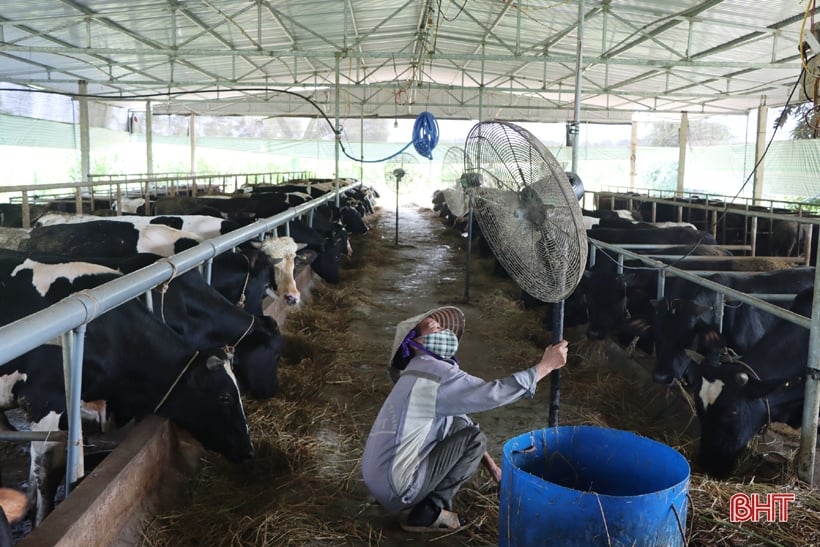
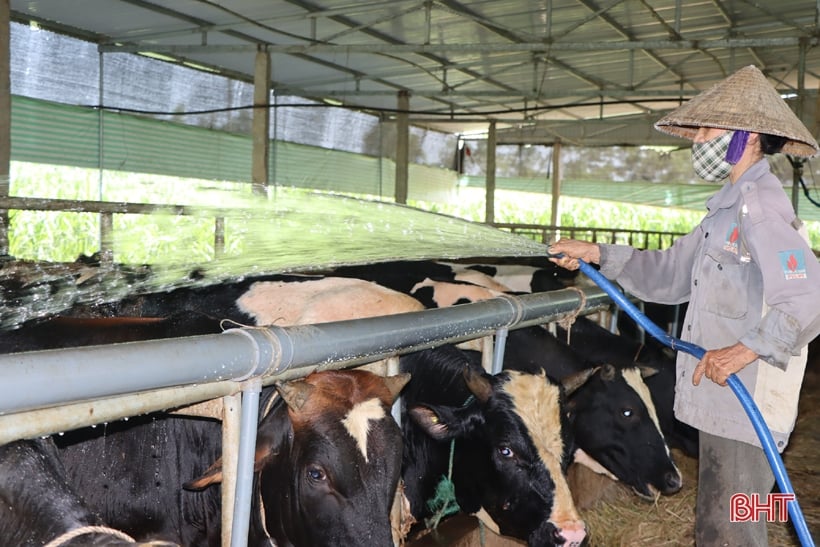
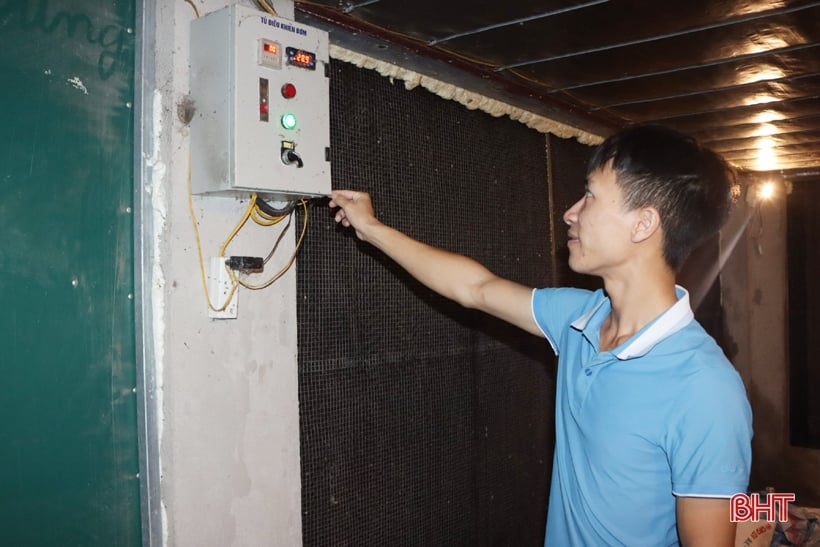
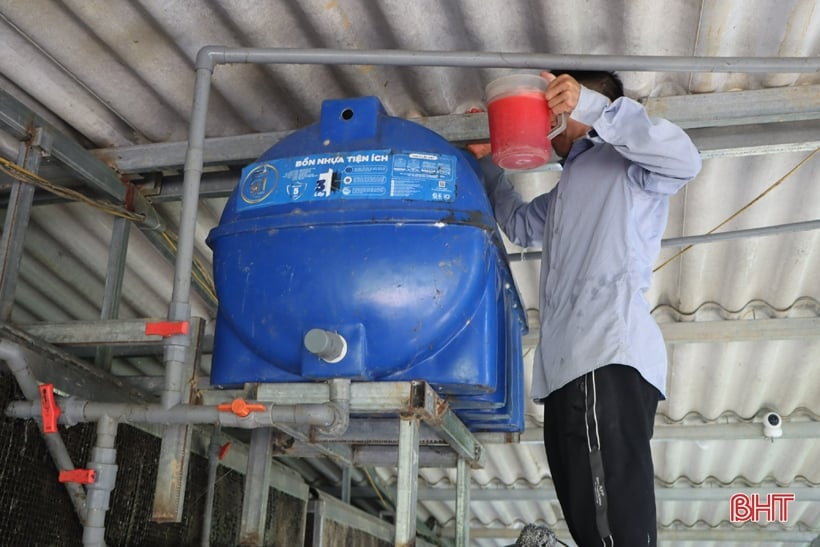
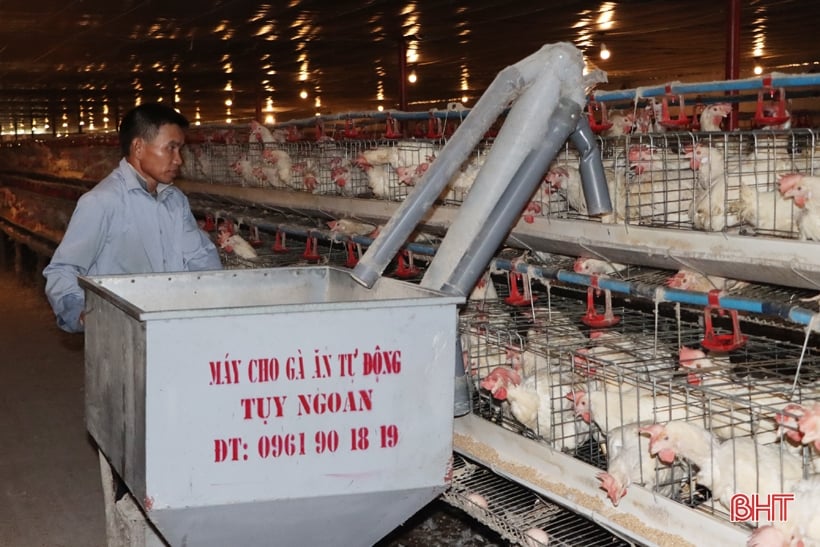
![[Photo] Special flag-raising ceremony to celebrate the 135th birthday of President Ho Chi Minh](https://vphoto.vietnam.vn/thumb/1200x675/vietnam/resource/IMAGE/2025/5/19/1c5ec80249cc4ef3a5226e366e7e58f1)
![[Photo] Party and State leaders visit President Ho Chi Minh's Mausoleum](https://vphoto.vietnam.vn/thumb/1200x675/vietnam/resource/IMAGE/2025/5/19/d7e02f242af84752902b22a7208674ac)


![[Photo] Party and State leaders attend the special art program "You are Ho Chi Minh"](https://vphoto.vietnam.vn/thumb/1200x675/vietnam/resource/IMAGE/2025/5/18/6895913f94fd4c51aa4564ab14c3f250)



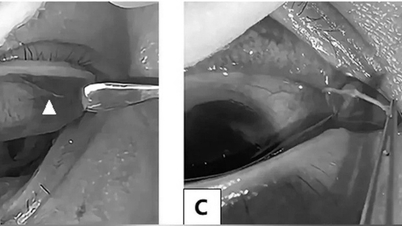




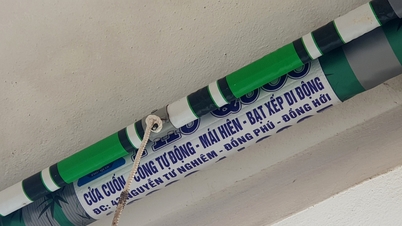
















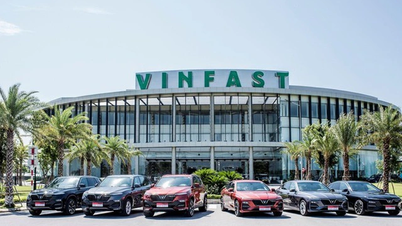





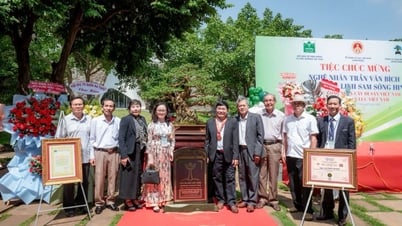







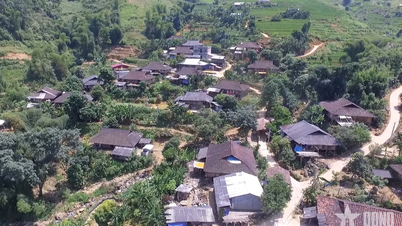

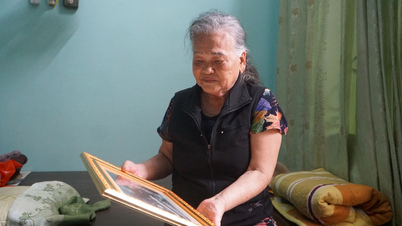









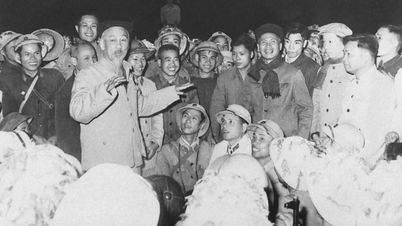
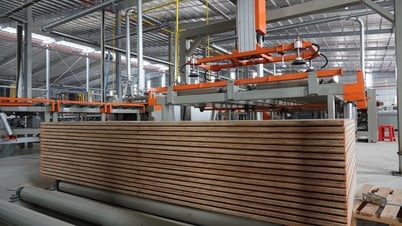



















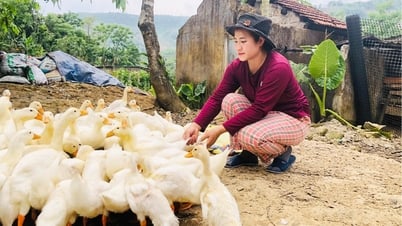





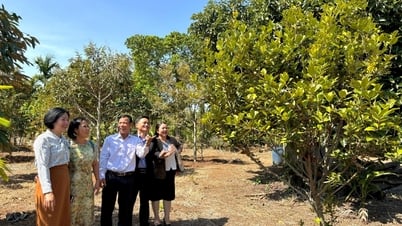

![[VIDEO] - Enhancing the value of Quang Nam OCOP products through trade connections](https://vphoto.vietnam.vn/thumb/402x226/vietnam/resource/IMAGE/2025/5/17/5be5b5fff1f14914986fad159097a677)






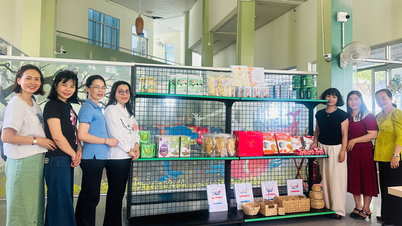

Comment (0)